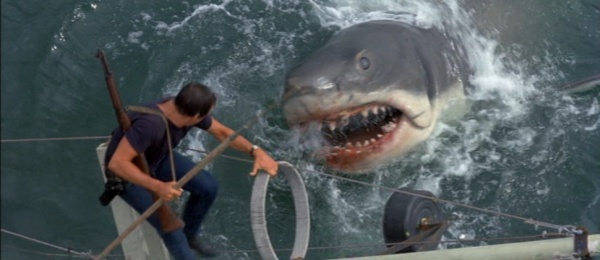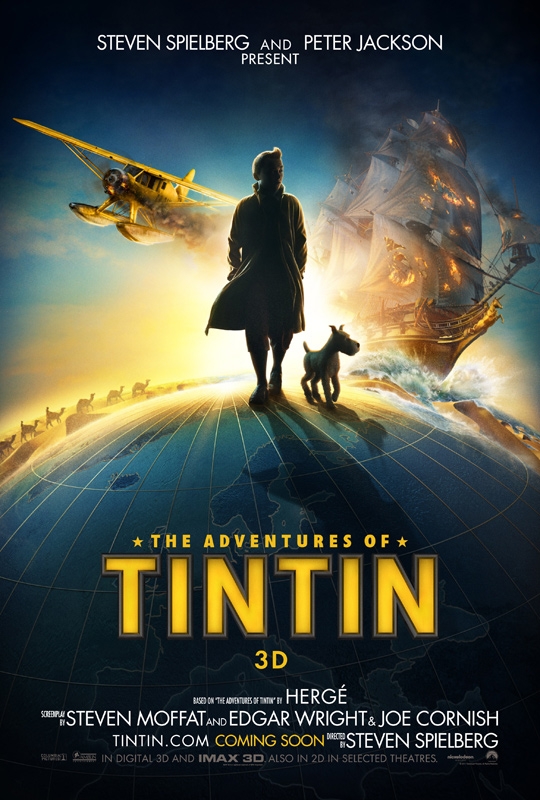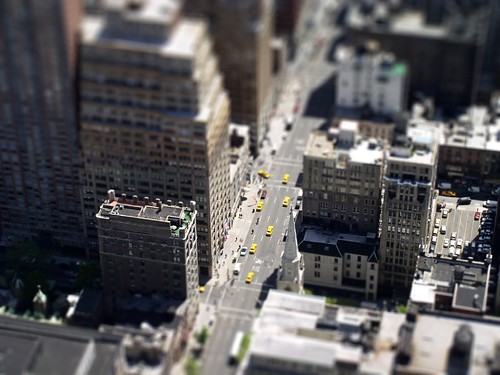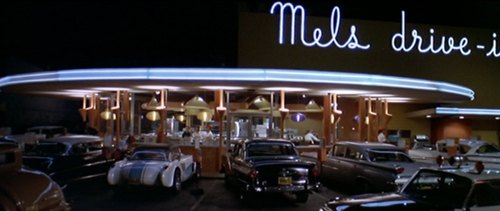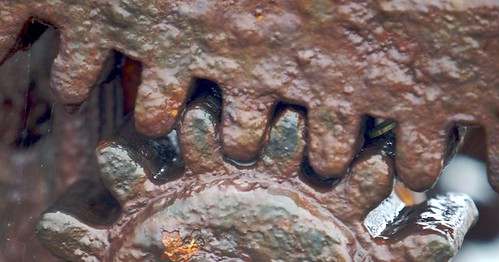
So the Victorian Planning Minister, Matthew Guy, has established an Advisory Committee to “overhaul” the Victorian planning system. Talk about a mixture of feelings.
It’s worth reflecting on how many reviews there have been into the functioning of the Victorian system since the major overhaul in the 1990s that produced the VPPs. In terms of reviews or audits of either the overall operation of the system, or very substantial parts of it, we have the following:
- Better Decisions Faster: Opportunities to Improve the Planning System in Victoria (August 2003)
- Cutting Red Tape in Planning (August 2006)
- Making Local Policy Stronger – Report of the Ministerial Working Group on Local Planning Policy (June 2007)
- Melbourne 2030: Audit Expert Group Report (March 2008)
- Victoria’s Planning Framework for Land Use and Development (May 2008)
- Modernising Victoria’s Planning Act (various discussion papers throughout 2009)
It’s a bit shocking just putting the list together. That doesn’t include the various reports into particular bits of the system, such as the smaller system reviews still noted as active (as I write, this includes the controls for advertising signs, home based business, the residential zones, parking provisions, retail policy, and the State Planning Policy Framework) and a few others that seem to have gone AWOL (such as the review of the heritage overlays, or the functioning of Section 173 Agreements).
